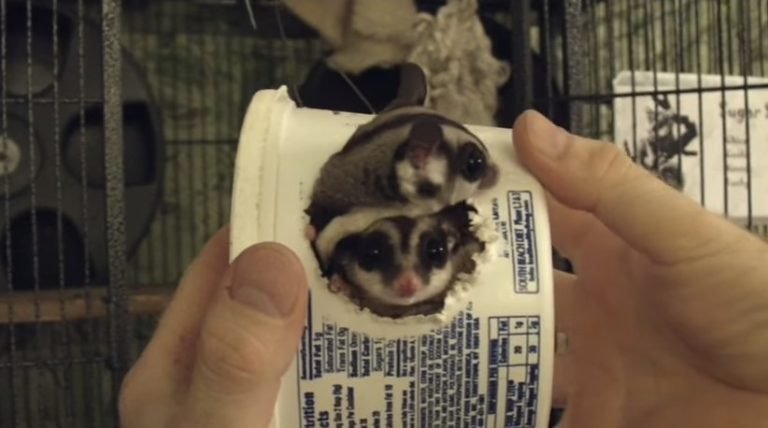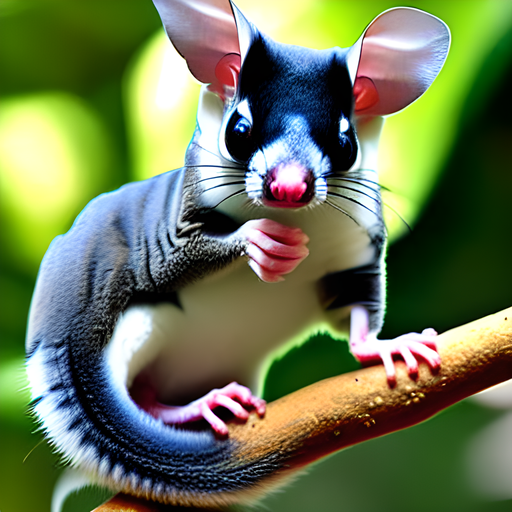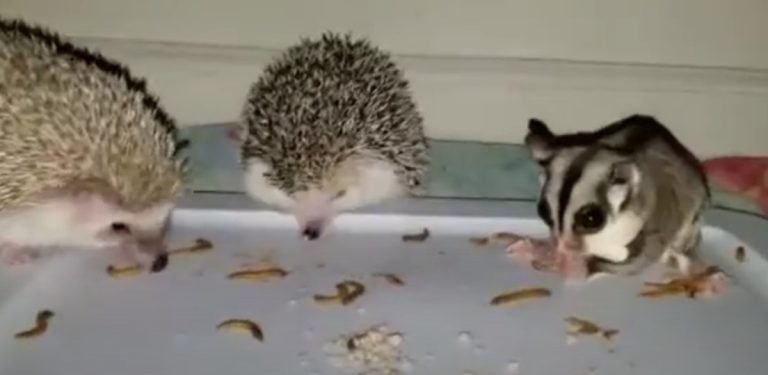Are Sugar Gliders Mammals
Are Sugar Gliders Mammals?
Yes, sugar gliders are mammals. They belong to the marsupial family and are native to Australia, New Guinea, and Indonesia. These small, nocturnal creatures are known for their ability to glide through the air using a specialized membrane called a patagium. While they share some characteristics with other gliding animals such as flying squirrels, sugar gliders are unique in their own right as marsupials.
The Characteristics of Sugar Gliders
Sugar gliders have several distinguishing features that classify them as mammals:
1. Hair: Like all mammals, sugar gliders have fur covering their bodies. Their fur is soft and thick, which helps to keep them warm in their natural habitats.
2. Mammary glands: Female sugar gliders possess mammary glands that produce milk to nourish their young. After giving birth, the mother carries her underdeveloped babies, called joeys, in a pouch located on her belly.
3. Warm-blooded: Sugar gliders, like other mammals, are warm-blooded animals. This means that they have the ability to regulate their body temperature, allowing them to thrive in a variety of environments.
4. Live birth: Unlike reptiles and birds, which lay eggs, sugar gliders give birth to live young. The joeys are born at a very early stage of development and continue to grow and develop in their mother’s pouch.
5. Specialized dentition: Sugar gliders have sharp teeth adapted for their diet, which primarily consists of nectar, fruit, and insects. They have both incisors and molars, allowing them to bite and chew their food efficiently.

The Life of a Sugar Glider
Sugar gliders have a unique lifestyle that sets them apart from other mammals. Here’s an overview of their lives:
1. Nocturnal behavior: Sugar gliders are primarily nocturnal, which means they are most active during the night. They have excellent night vision and rely on their acute senses to navigate through the trees and locate food.
2. Social creatures: Sugar gliders are social animals that live in small family groups called colonies. These colonies are typically comprised of a dominant male, several females, and their offspring. They communicate with each other through a variety of vocalizations and scent marking.
3. Gliding ability: Sugar gliders are renowned for their gliding ability. They have a patagium, a stretchy membrane that extends from their wrists to their ankles, allowing them to glide from tree to tree. This enables them to explore their surroundings, find food, and avoid predators.
4. Omnivorous diet: Sugar gliders have a diverse diet that consists of nectar, sap, fruit, insects, and even small vertebrates. They have a long tongue that is ideal for sipping nectar, and their sharp teeth help them catch and consume insects.
5. Lifespan: In the wild, sugar gliders typically live for 5-7 years. However, with proper care and nutrition, they can live up to 15 years in captivity.
FAQs about Sugar Gliders
1. Are sugar gliders good pets?
While sugar gliders can make good pets for the right owner, they require specialized care and attention. They need a large cage with plenty of room to glide, a balanced diet that mimics their natural food sources, and regular social interaction.
2. Are sugar gliders legal to own as pets?
The legality of owning a sugar glider as a pet varies depending on the country and region. Before considering a sugar glider as a pet, it’s essential to research and understand the laws and regulations in your area.
3. Can sugar gliders be trained?
Yes, sugar gliders can be trained to some extent. With patience and positive reinforcement, they can learn simple tricks and commands. However, it’s important to remember that they are still wild animals with instinctual behaviors.
4. How do sugar gliders reproduce?
Sugar gliders reproduce through sexual reproduction. The female carries the fertilized eggs in her pouch until they hatch into tiny undeveloped joeys. The joeys spend several months growing and developing inside the pouch before venturing out on their own.
5. What are some common health issues in sugar gliders?
Some common health issues in sugar gliders include nutrient deficiencies, dental problems, obesity, and bacterial infections. Regular veterinary check-ups and a proper diet can help prevent many of these issues.
Final Thoughts
Sugar gliders are fascinating creatures that captivate the hearts of many animal enthusiasts. As marsupials, they share similarities with other mammals while also having unique characteristics. Whether you’re considering a sugar glider as a pet or simply interested in learning more about these delightful animals, their status as mammals sets them apart in the animal kingdom. Just remember, owning a sugar glider requires commitment, education, and a genuine love for these extraordinary creatures.







